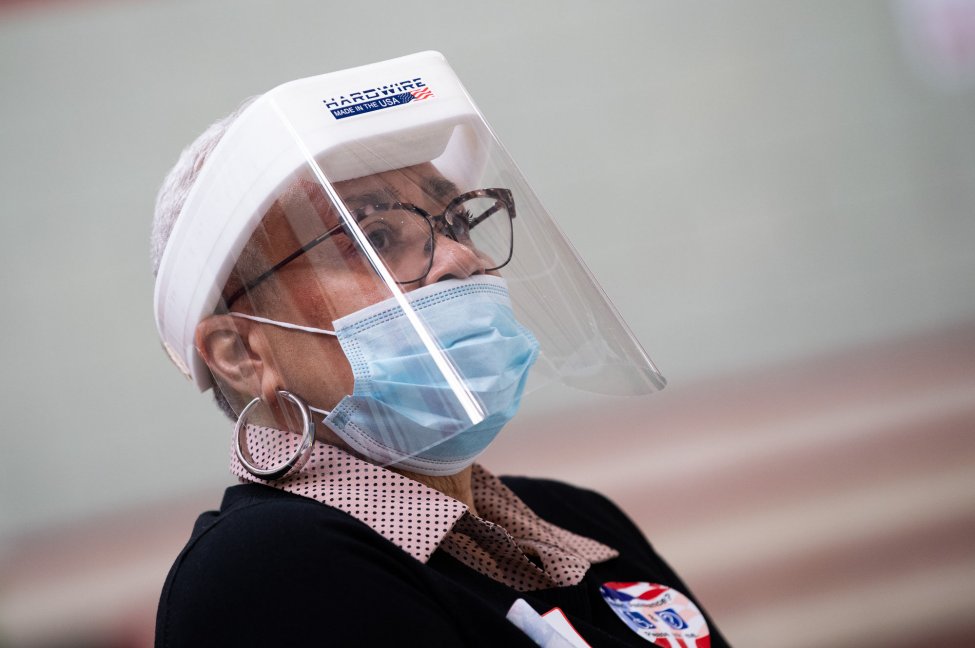
Use of Face Shields are Inferior Alternatives – WHO gives updates
The World Health Organization (WHO) issued an update to coronavirus mask-wearing guidance for the first time in nearly six months. In the update, the health agency advises wearing a mask as part of “a comprehensive package of prevention and control measures” to limit the spread of COVID-19.
“A mask alone, even when used correctly, is insufficient to provide adequate protection or source control,” the Dec. 1 guidelines said. “Other infection prevention and control (IPC) measures include hand hygiene, physical distancing of at least 1 metre, avoidance of touching one’s face, respiratory etiquette, adequate ventilation in indoor settings, testing, contact tracing, quarantine and isolation.”
A meter is equivalent to about 3 feet.
The agency further stated that depending on the type of mask used, it can “be used either for protection of health persons or to prevent onward transmission (source control).” WHO recommends that anyone with suspected or confirmed coronavirus wear the mask while in the presence of others and that proper use, storage, cleaning and disposal are essential to effectiveness.
In public, the agency advises using a risk-based approach regarding the use of masks.
“In areas of known or suspected community or cluster SARS-CoV-2 transmission: WHO advises that the general public should wear a non-medical mask in indoor shared workplaces, schools, or outdoor settings where physical distancing of at least 1 metre cannot be maintained,” the guidelines stated. “If indoors, unless ventilation has been assessed to be adequate, WHO advises that the general public should wear a non-medical mask, regardless of whether physical distancing of at least 1 metre can be maintained.”
Regarding children, the agency advised against mask use in those under 5 years of age. Many states in the U.S. have recommended mask use in children over age 2.WHO was also careful to note that face shields, at present, are not considered to be equivalent to masks with respect to respiratory droplet protection or source control.
In situations where a mask is not available or there is difficulty wearing a face mask, it may prove to be an inferior alternative.

